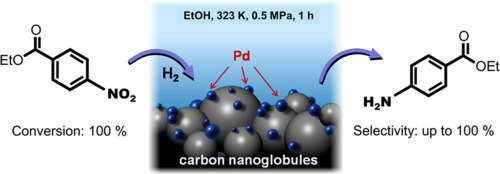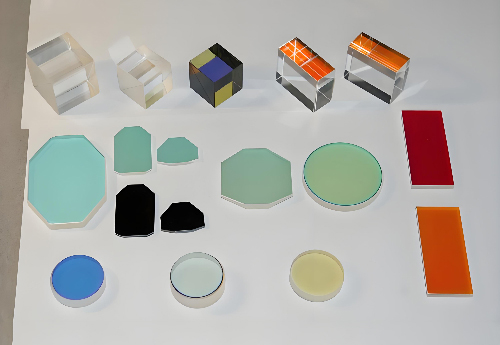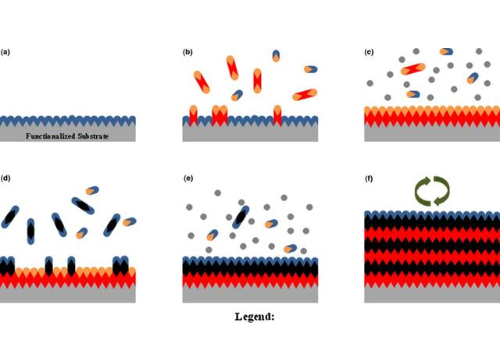TZM vs. Mo-La Alloys: A Comparative Analysis
Introduction
When it comes to high-performance materials used in extreme environments, two alloys frequently come to the forefront: TZM (titanium-zirconium-molybdenum) and Mo-La (molybdenum-lanthanum). Both are derivatives of molybdenum and are prized for their superior mechanical properties and resistance to high temperatures.
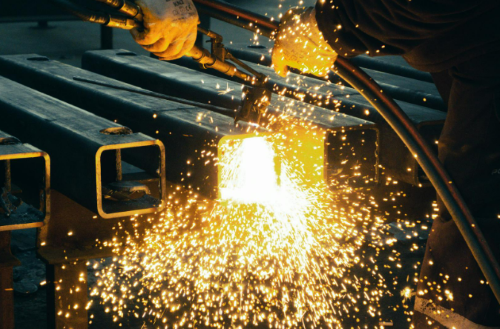
This article offers a detailed comparative analysis of these two alloys, examining their compositions, properties, applications, and limitations to help in selecting the appropriate material for specific industrial applications.
Understanding Molybdenum-based Alloys
Molybdenum-based alloys are materials that primarily consist of molybdenum combined with other elements to enhance specific properties like strength, resistance to corrosion, and thermal stability.
Common types include TZM (Titanium-Zirconium-Molybdenum), known for its high strength at elevated temperatures, Mo-La (Molybdenum-Lanthanum), which offers enhanced ductility and oxidation resistance, etc. These alloys find extensive applications across various industries.
Stanford Advanced Materials (SAM), based in Lake Forest, California, is a leading supplier of refractory metals such as Tungsten, Molybdenum, Tantalum, Rhenium, Titanium, and Zirconium. We have specialized in delivering high-quality products tailored to meet the needs of industries like aerospace, metallurgy, semiconductor, and chemical processing. For more information, please check our homepage.
Related reading: Prime Molybdenum Alloys and Their Uses
1. Composition and Basic Properties
TZM Alloy:
TZM is an alloy of molybdenum with small additions of titanium and zirconium (typically 0.5% titanium, 0.08% zirconium) and, in some cases, a small amount of carbon. This composition strengthens the molybdenum base, making it stronger and more creep resistant at high temperatures. The addition of these elements enhances the recrystallization temperature and improves the alloy's strength and hardness.
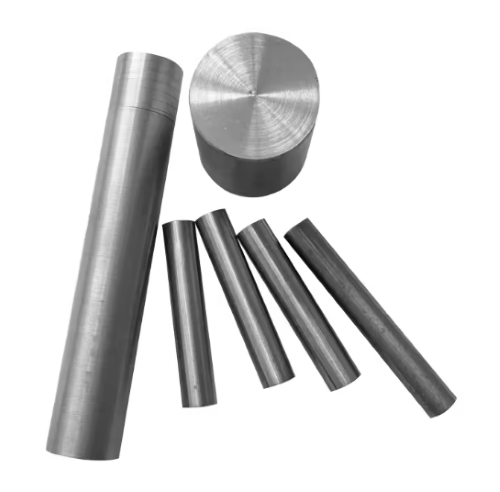
Mo-La Alloy:
Mo-La consists of molybdenum with a small addition of lanthanum oxide (typically 0.3% to 1.2% lanthanum by weight). The lanthanum oxide forms dispersed phases within the molybdenum matrix, which inhibit grain growth and thus enhance the high-temperature strength and stability. This dispersion also gives the alloy better ductility and resistance to thermal shock.
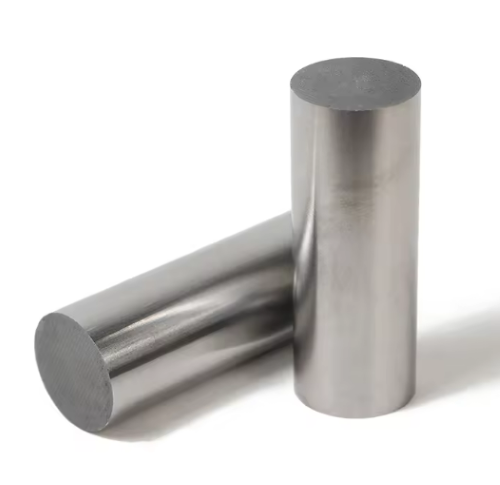
1. Mechanical Properties
Strength and Hardness:
TZM alloy exhibits higher tensile strength and hardness compared to pure molybdenum, especially at temperatures exceeding 1,000°C. This makes it particularly suitable for high-stress applications requiring robust mechanical support at high temperatures.
Creep Resistance:
Both TZM and Mo-La alloys offer excellent creep resistance. However, TZM generally provides better performance in this regard due to its strengthened grain boundaries, which effectively resist deformation under stress at elevated temperatures.
Ductility:
Mo-La alloys tend to have better ductility at lower temperatures compared to TZM. This property makes Mo-La more suitable for applications where the material may experience considerable thermal variance and where brittleness could be a concern.
2. Thermal Properties
Thermal Conductivity:
Both alloys maintain good thermal conductivity, with Mo-La slightly outperforming TZM. This feature is essential in applications such as furnace components and aerospace engineering, where effective heat dissipation is crucial.
Coefficient of Thermal Expansion:
Mo-La has a slightly lower coefficient of thermal expansion than TZM, which can be beneficial in applications that require high dimensional stability through temperature cycles.
3. Chemical Properties
Oxidation Resistance:
Both alloys exhibit excellent resistance to oxidation at high temperatures. However, the lanthanum oxide in Mo-La alloys provides a slight edge in enhancing oxidation resistance, making it more suitable for longer-term applications in oxidative environments.
Resistance to Corrosive Environments:
TZM's superior strength gives it an advantage in acidic environments where structural integrity is paramount. On the other hand, Mo-La's unique properties may offer better performance in alkaline conditions.
4. Applications
TZM Alloy:
TZM alloy is utilized across various demanding sectors due to its superior properties.
- In aerospace, it is employed in rocket engine nozzles, where it must withstand high temperatures and stress.
- For power generation, TZM is chosen for components in nuclear reactors and gas turbines, benefiting from its high-temperature stability.
- Additionally, in the tooling industry, TZM is used for high-performance tools that require both strength and resistance to high temperatures.
Mo-La Alloy:
Mo-La Alloy is widely used in several high-demand applications due to its robust characteristics.
- In the electronics industry, it serves as cathodes, mandrels, and support structures in high-temperature furnaces that are used to grow sapphire crystals.
- For thermal management, the alloy is employed in components of systems that need to perform consistently across a broad temperature range.
- In the glass industry, Mo-La Alloy is used as electrodes in glass melting furnaces, where its excellent corrosion resistance against molten glass is crucial.
Conclusion
Choosing between TZM and Mo-La alloys depends significantly on the specific requirements of the application. TZM is typically the go-to choice for applications that demand high strength and durability under extreme conditions, while Mo-La is preferable for applications where high ductility and resistance to thermal shock are crucial.
Table 1. TZM vs. Mo-La Alloys
Composition | Molybdenum with 0.5% Titanium, 0.08% Zirconium, sometimes Carbon | Molybdenum with 0.3% to 1.2% Lanthanum oxide |
Notable Properties | Stronger, more creep resistant at high temperatures, improved recrystallization temperature | Enhanced high-temperature strength and stability, better ductility, resistance to thermal shock |
Physical | Higher tensile strength and hardness, especially above 1,000°C | --- |
Thermal | Good | Slightly better than TZM |
Chemical | Excellent | Slightly superior due to lanthanum oxide |
Applications | Aerospace (rocket engine nozzles), Power generation (nuclear reactors, gas turbines), Tooling (high-performance tools) | Electronics (cathodes, mandrels in furnaces), Thermal management, Glass industry (electrodes in furnaces) |
Each alloy offers a unique set of properties that make them well-suited to different challenges in the field of advanced materials engineering. The final selection should consider factors such as operating temperature, environmental conditions, mechanical stresses, and economic considerations.

